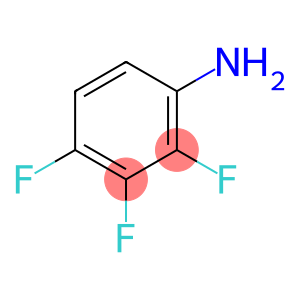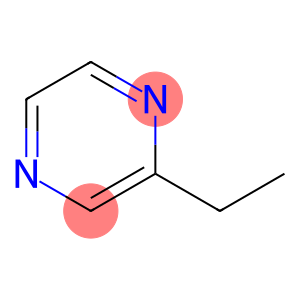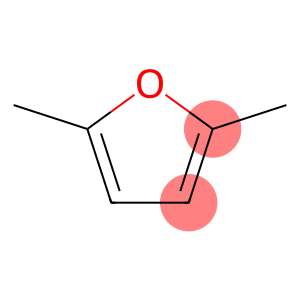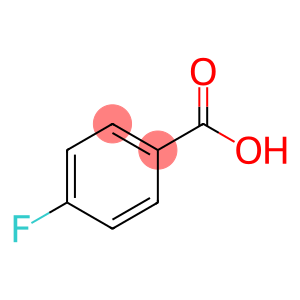Ethyl phenylacetate(CAS#101-97-3)
| Safety Description | S23 – Do not breathe vapour. S24/25 – Avoid contact with skin and eyes. |
| WGK Germany | 2 |
| RTECS | AJ2824000 |
| TSCA | Yes |
| HS Code | 29163500 |
| Toxicity | The acute oral LD50 value in rats was reported as 3.30g/kg(2.52-4.08 g/kg) (Moreno,1973).The acute dermal LD50 in rabbits was reported as > 5g/kg(Moreno, 1973). |
Introduction
Ethyl phenylacetate, also known as ethyl phenylacetate, is an organic compound. The following is an introduction to its properties, uses, manufacturing methods, and safety information.
Quality:
- Appearance: Colorless liquid
- Solubility: miscible in ether, ethanol and etherane, slightly soluble in water
- Smell: Has a fruity smell
Use:
- As a solvent: Ethyl phenylacetate is commonly used as a solvent in industry and laboratories, especially in the manufacturing of chemicals such as coatings, glues, inks and varnishes.
- Organic synthesis: Ethyl phenylacetate is used as a substrate or intermediate in organic synthesis and can be used to synthesize other compounds.
Method:
The preparation method of ethyl phenylacetate can be achieved by the reaction of phenylacetic acid with ethanol. The specific step is to heat and react with ethanol in the presence of an acidic catalyst to form ethyl phenylacetate and water, and then separate and purify to obtain the target product.
Safety Information:
- If you come into contact with ethyl phenylacetate, avoid contact with your skin and eyes, and wear protective equipment such as gloves and safety goggles if necessary.
- Avoid prolonged or heavy exposure to the vapor of ethyl phenylacetate, as it can irritate the respiratory system and may cause uncomfortable symptoms such as headache, dizziness, and drowsiness.
- When storing and handling, it should be stored in a well-ventilated area, away from fire and flammable materials.
- When using ethyl phenylacetate, follow proper laboratory practices and pay attention to personal protection and waste management.








